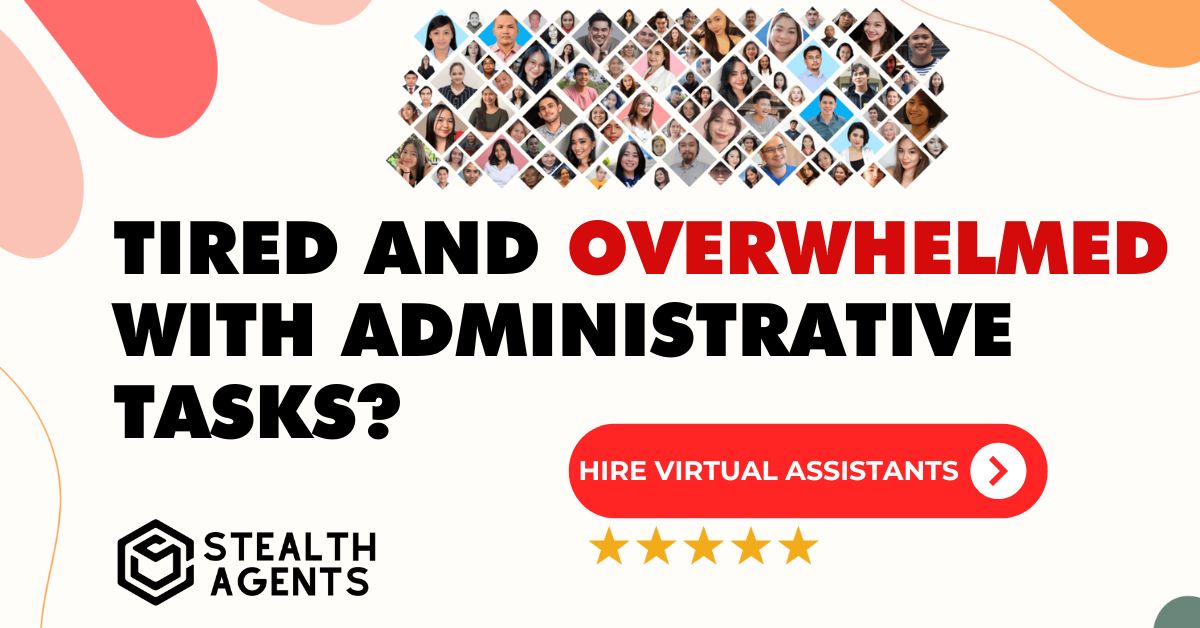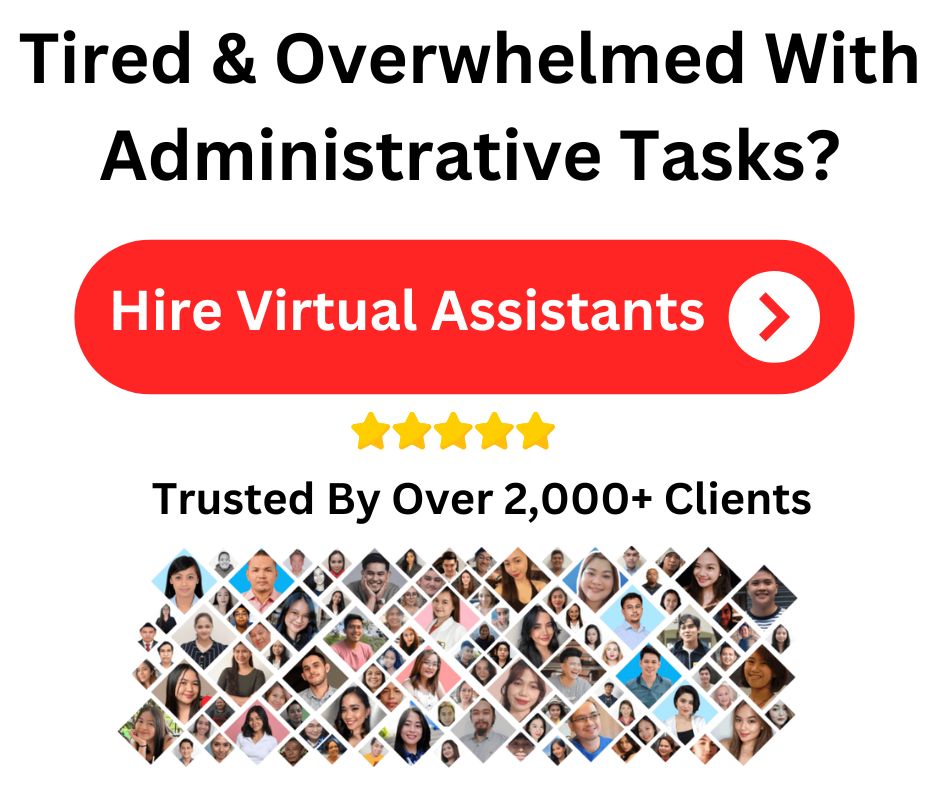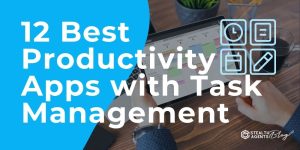25 Organizational Efficiency Essentials
In the fast-paced world of business, the linchpin that holds together innovation, growth, and profitability is undoubtedly organizational efficiency. It’s the force multiplier that allows companies to stay agile, differentiate in the market, and tackle challenges head-on. But what are the essential components of this efficiency? How can organizations not only understand them but integrate them into their daily operations?
Understanding Organizational Efficiency
Before diving into the 25 essentials, it’s crucial to grasp what organizational efficiency really means. In its essence, it’s about accomplishing tasks with the minimum resources in the shortest time possible, while still providing high-quality outcomes. Why is this so vital? Because an efficient organization not only saves time and money but also energizes and empowers its workforce, creating a positive ripple through every aspect of the business.
-
Process Optimization: Improving existing business processes for enhanced efficiency and effectiveness.
-
Workflow Automation: Using technology to automate repetitive, manual tasks in a process.
-
Lean Management: A systematic method for waste minimization within a manufacturing system without sacrificing productivity.
-
Six Sigma: A set of techniques and tools for process improvement focused on reducing variability and defects.
-
Time Management: The process of planning and controlling how much time to spend on specific activities.
-
Resource Allocation: Efficiently distributing resources (such as capital, personnel, and technology) across an organization.
-
Key Performance Indicators (KPIs): A set of quantifiable measures used to gauge a company’s overall long-term performance.
-
Benchmarking: Comparing business processes and performance metrics to industry bests and best practices.
-
Capacity Planning: The process of determining the production capacity needed by an organization to meet changing demands for its products.
-
Total Quality Management (TQM): A management approach to long-term success through customer satisfaction.
-
Operational Excellence: The execution of the business strategy more consistently and reliably than the competition.
-
Supply Chain Optimization: Streamlining the supply chain process to ensure the right products are delivered at the right time.
-
Change Management: The approach to transitioning individuals, teams, and organizations to a desired future state.
-
Continuous Improvement (Kaizen): A strategy where employees work together proactively to achieve regular, incremental improvements in the manufacturing process.
-
Employee Training and Development: Programs to enhance the knowledge and skills of employees.
-
Strategic Planning: Formulating, implementing, and evaluating cross-functional decisions that enable an organization to achieve its objectives.
-
Energy Efficiency: Reducing energy consumption in business operations for cost savings and environmental benefits.
-
Inventory Management: Overseeing and controlling the ordering, storage, and use of components that a company uses in the production of the items it sells.
-
Project Management: The discipline of initiating, planning, executing, controlling, and closing the work of a team to achieve specific goals and meet specific success criteria.
-
Business Process Reengineering (BPR): The practice of rethinking and redesigning the way work is done to better support an organization’s mission and reduce costs.
-
Corporate Governance: The mechanisms, processes, and relations by which corporations are controlled and directed.
-
Cross-functional Collaboration: Cooperation between different departments or functional areas of an organization for better results and efficiency.
-
Data-driven Decision Making: Making decisions based on data analysis and interpretation rather than solely on intuition.
-
Employee Engagement: The emotional commitment the employees have to the organization and its goals.
-
Performance Metrics: Specific measures that are used to quantify the efficiency and effectiveness of actions.
Takeaways
But listing the essentials is only the first step. To truly benefit from this knowledge, you must intentionally implement them. Start with an assessment of your current organizational structure and processes. Then, align these essentials with your strategic objectives and work with your team to create an action plan.









